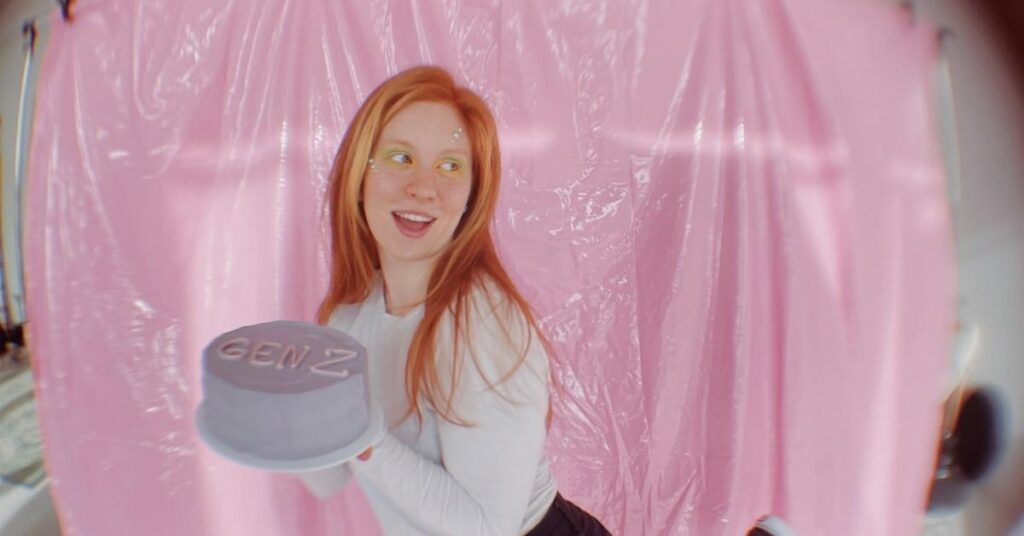In the realm of marketing, the concept of “persona” is akin to crafting a fictional character that embodies the attributes and traits of a specific segment of your target audience. This invaluable tool allows marketers to delve deeper into understanding their audience, offering a more personalised and effective approach to ad targeting. In this comprehensive exploration, we’ll venture into the world of personas, deciphering why they are a necessity, the intricacies of creating them, and how to harness their potential for more precise ad targeting.

What Exactly Is a Persona?
A persona in marketing is essentially a fictional representation of a group within your target audience who share common characteristics, behaviours, and interests. This fictitious character serves as a symbolic embodiment of a particular segment of your audience. While the persona itself is not real, the data and insights used to create it are derived from real-world research and analysis.
The Critical Role of Persona in Advertising
Why, you might ask, is a persona such a pivotal element in the realm of advertising? There are several compelling reasons why personas are indispensable in modern marketing strategies.
Enhanced Understanding: Personas allows marketers to gain a more profound comprehension of their audience beyond standard demographics. By delving into the motivations, pain points, goals, and habits of these personas, marketers can tailor their messaging to resonate on a deeper level.
Targeting Parameters: In situations where conventional targeting parameters may be limited or have reached a point of saturation, personas provide an alternative avenue. They open doors to a wealth of targeting possibilities by focusing on the psychological and behavioural aspects of your audience.
Personalization: With personas, personalization becomes not just a buzzword but a practical reality. You can craft ads that feel tailor-made for your audience’s specific needs and desires, leading to increased engagement and conversion rates.
Content Relevance: Personas guide content creation by shedding light on the type of content that will most likely resonate with your target segments. This, in turn, helps in crafting compelling ad campaigns.

Constructing a Persona: The Art and Science
Creating a persona is a meticulous process that involves gathering and analysing data to paint a vivid picture of your target audience segment. Here’s a closer look at how to craft a persona effectively:
1. Name and Basics: A persona usually starts with a name and basic demographic information, including age, gender, location, and occupation. These details lay the foundation for your character.
2. Background Story: Dive deeper into the persona’s background by exploring their personal history, education, and family life. This adds depth to your character and helps you understand their perspective better.
3. Goals and Motivations: What drives your persona? What are their aspirations and motivations? Identifying these aspects enables you to align your advertising with their objectives.
4. Frustrations and Pain Points: Understanding what irks your persona and their pain points is equally crucial. These insights help you address their challenges and position your product or service as a solution.
5. Social Media Use: Explore their digital habits, such as preferred social media platforms and online behaviour. This data informs your ad placement decisions.
6. Interests and Habits: Delve into their interests, hobbies, and daily routines. These details offer valuable clues for crafting content and messaging that resonate.
Putting Persona to Work: A Real-Life Scenario
To illustrate the practical application of personas, let’s take the example of Elena, a fictional persona:
Name: Elena Thompson
Age: 32
Background: Marketing professional with a Master’s degree, passionate about cosmetics.
Goals: Aspires to become a recognized beauty influencer, seeking opportunities to collaborate with cosmetics brands.
Motivations: Driven by her love for cosmetics and the desire to share her knowledge and experiences with others.
Frustrations and Pain Points: Struggles with gaining visibility as an influencer and finding suitable brand partnerships.
Social Media Use: Active on Instagram, YouTube, and beauty forums, where she shares makeup tutorials and product reviews.
Interests and Habits: Enjoys attending beauty events, testing new products, and keeping up with the latest cosmetic trends.
Now, with Elena as our persona, let’s explore how businesses can leverage this information for more effective ad targeting:
Business Networking Platform: A platform designed for business networking can use Elena’s persona to target individuals who share her aspirations. They can create ad campaigns tailored to helping users like Elena find valuable connections and opportunities.
Influencer Platform: An influencer marketing platform can aim to attract individuals like Elena to join their network. By showcasing success stories of beauty influencers, they can entice users who aspire to follow a similar path.

A Glimpse of the Persona Landscape
So, what does a persona actually look like in practice? Imagine Elena, the persona described above, as a real person. Picture a 32-year-old marketing professional who spends her evenings creating makeup tutorials and meticulously reviewing beauty products on her YouTube channel. She’s passionate about cosmetics, and her goal is to build her influencer brand in the beauty industry. Elena is active on Instagram, where she posts captivating makeup looks and engages with her followers by sharing her beauty journey. Her frustrations stem from the challenges of breaking through as an influencer and securing partnerships with cosmetics brands. Understanding Elena in this way allows businesses to tailor their strategies to address her specific needs and preferences.
In essence, personas provide a human touch to the vast sea of data and statistics, making it easier to relate to and connect with your target audience on a personal level.
Harnessing the Persona Advantage: Moving Forward
Incorporating personas into your ad targeting strategy can be a game-changer. As you dive into the depths of your audience’s motivations, pain points, and interests, you gain the ability to create highly relevant and engaging advertising campaigns. Whether you’re in the realm of B2B or B2C marketing, personas provide invaluable insights that lead to more effective messaging and better results.
In a digital landscape where personalization and relevance reign supreme, personas serve as your guiding stars, illuminating the path to meaningful connections and successful ad campaigns. By understanding and leveraging the power of personas, you’re not just reaching an audience—you’re connecting with individuals on a deeper, more personal level.





































